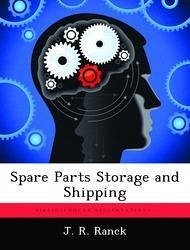
Cost-Benefit Analysis Tools for Avionics Parts Obsolescence
Versandkostenfrei!
Versandfertig in über 4 Wochen
52,99 €
inkl. MwSt.
Weitere Ausgaben:

PAYBACK Punkte
26 °P sammeln!
Obsolescence management, an ever-increasing topic in the Department of Defense, is not new. Since the service life of military systems is much longer than commercial systems, maintaining military systems when parts and components go out of production remains a sustainment challenge. Typically, resolving obsolete parts problems are incorrectly identified as reliability and maintainability issues that provide no improved capability or reduced cost; the primary benefit is continued sustainability of the existing system. Since loss of a capability is not an option, maintaining the capability witho...
Obsolescence management, an ever-increasing topic in the Department of Defense, is not new. Since the service life of military systems is much longer than commercial systems, maintaining military systems when parts and components go out of production remains a sustainment challenge. Typically, resolving obsolete parts problems are incorrectly identified as reliability and maintainability issues that provide no improved capability or reduced cost; the primary benefit is continued sustainability of the existing system. Since loss of a capability is not an option, maintaining the capability without a part redesign does require increased cost for the commercial market to support a military-unique application. In addition, constrained defense funding will necessitate prudent use of limited funding to balance current systems maintenance and new systems acquisition. The specific objective of this project is to show the need for automated cost-benefit analysis tools to assist program/item managers in identifying the cost savings associated with resolving obsolete parts problems.














